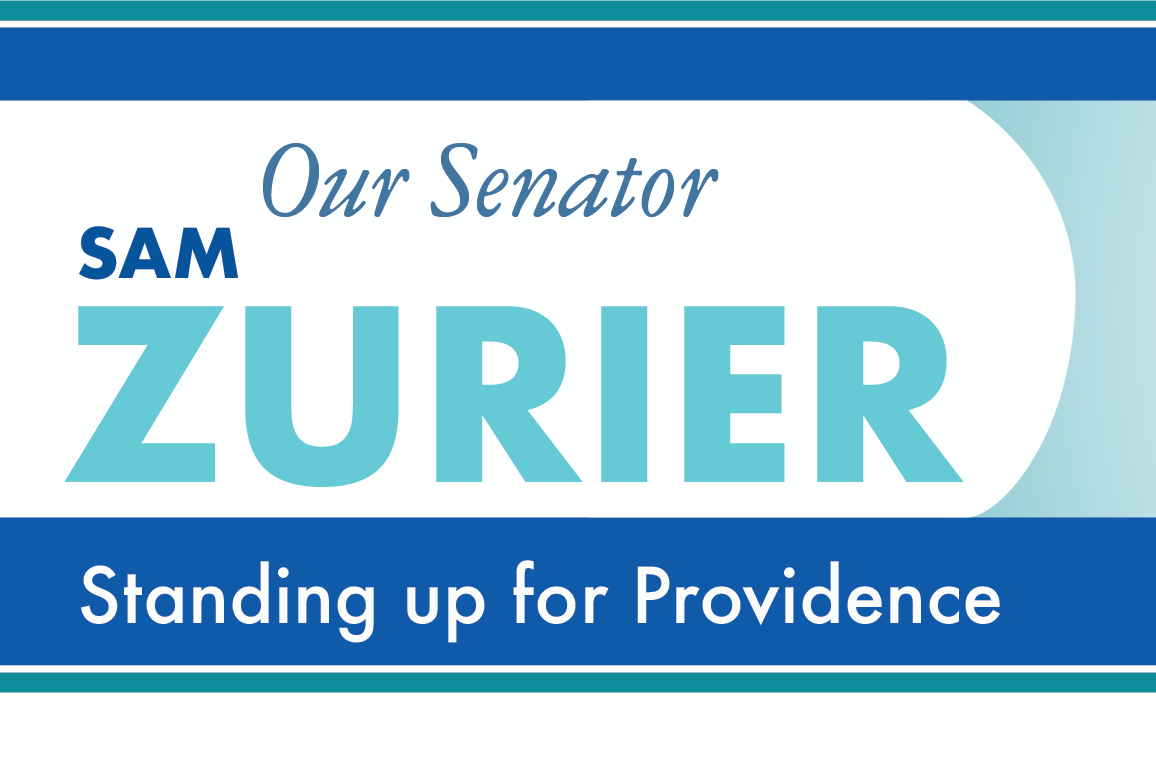I hope you enjoyed the Super Bowl and survived the snow. This week’s letter discusses the first oversight hearing reviewing the closure of the westbound Washington Bridge.
On Monday, February 12, the Senate and House Oversight Committees held their first joint hearing to review the Washington Bridge closure. The Committees have a broad charge, looking to what happened in the past, how the closure is being managed in the present, and what actions the Department will take in the future to repair or replace the bridge.
A. The Decision To Close The Bridge
At the hearing, RIDOT presented a Slide Deck with information about the bridge closure. On Friday, December 8, an engineer from VHB inspected the recently-painted steel girders (or “beams”) in Span 7. While there, he noticed that a tie-down pin that attached one of the girders had broken, leaving a gap. (See Slide 7). A team of VHB engineers returned Monday morning December 11. They observed that several of the girders were moving as traffic went across the deck, indicating the possible failure of other tie-down pins and the risk of bridge failure. RIDOT closed the bridge that afternoon.
B. The Response To The Structural Failure
1. Assembling An Investigative Team
In response, RIDOT assembled a team of six consultants (See Slide 5), and the Governor engaged a seventh consultant to perform a separate forensic analysis (i.e. explain when and why the tie down pin failed). In addition to its own forensic consultant, RIDOT engaged a consultant who specializes in non-invasive testing, such as X-rays and ultrasonic testing, that will allow RIDOT to review the condition of structural elements that are not visible.
2. Revising The Initial Repair Plan
At first, RIDOT believed that it would be possible to repair the bridge by replacing the twelve tie-down pins and related hardware in Span 7. Since that time, the consultants have conducted further testing of the six beams in Span 7, as well as beams in other spans of the bridge. RIDOT concluded that its original repair plan may be insufficient, and that a range of possible repairs (up to replacement) is possible. RIDOT expects to have a complete analysis by late February or early March, at which time it will select a repair or replacement plan.
C. How And Why The Failure Occurred
1. RIDOT’s Initial Repair Plan
In its 2019 BUILD Grant application for funding a part of the project’s $70 million total cost, RIDOT stated that (1) the bridge was in poor condition, (2) the proposed repairs could add 25 years to its useful life and (3) delaying construction “will ultimately result in a necessary, costly full replacement, a scope change which could more than double the cost of this project.” (emphasis in original.) The document identified areas where the bridge required “significant rehabilitation,” focusing on the underside of the bridge deck and the superstructure. The application did not mention the tie down pins.
2. The Importance Of The Tie Down Pins
We now know that the tie-down pins at Span 7 are a critical element of the bridge’s structural integrity. As a result, I am interested in the following questions:
· Would the present closure have occurred if RIDOT had addressed the issue of the tie down pins earlier?
· Were there reasonable opportunities to detect and address the problem of the tie down pins earlier?
· If so, which actors could have addressed this problem prior to the discovery of structural failure on December 8, 2023, and when could/should they have done so?
3. Next Steps
In looking for answers to these questions, I am mindful of the saying that “hindsight is always 20-20,” and the record of information the Committee has assembled to date is in its earliest stages. With that said, I question whether RIDOT could have benefitted in 2019 from the expertise of the consultants it engaged this past December. As Chair McKenney noted, this project has cost a total of almost $100 million, so it is not intuitively clear how this issue could have been missed, or why consultants who could have provided useful information were not engaged due to cost concerns.
At the hearing, I requested certain types of additional information and additional witnesses that will supplement the record, and hopefully provide a basis to resolve these critical questions of accountability, as well as provide lessons learned for repairs in the remaining inventory of bridges.
The General Assembly will observe its February recess next week. I therefore expect to send out my next letter in two weeks (i.e. Sunday, March 3). Until then, I wish you all the best.
